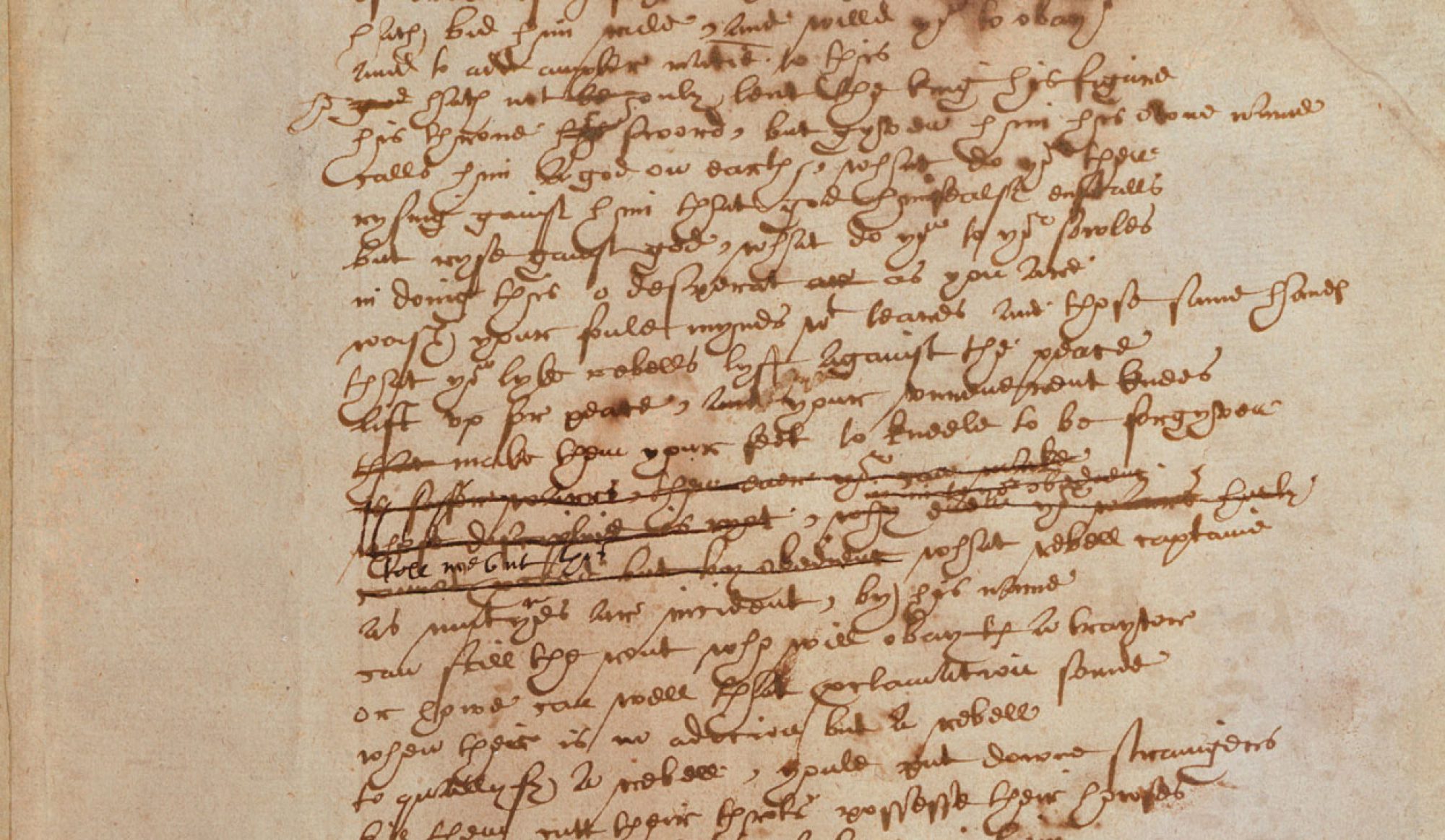A brief summa as promised of some of the linguistic and rhetorical formalisms we have been working with so far: just by way of reminding us of the kinds of questions that we can ask as we look at specimens of Shakespeare’s language.
Prosody: we have practiced the iambic pentameter line, and sounded its conventional variations (inversions in the first foot, the characteristic positions of caesurae and inversions after, etc. etc.). We have also thought about rhyme and about the sharing of meter and rhyme between characters. We have begun to ask about the role of the phrase in the rhythm of a line, how units of grammar may come to push the meter around, rather than (as in the earliest plays) the reverse.
Rhetoric: we have thought about the composition of an oration (inventio, dispositio, eloquentia, memoria, pronunciatio) and how the process may leave its mark in speech, especially in moments of high invention (such as catalogues of insults). We have learned several tropes and schemes by names, and thought a bit about what it means to write or speak with such a repertoire in mind. We have paid some attention to the levels of style, high middle and low, their marks and social uses.
Diction: we’ve been on the lookout not only for stylistic level but for word origins and foreign words.
Figuration: we have thought about wordplay, and also about the extended metaphors we now call conceits; also about metonymy and metaphor. Personification is a term that might have come up but hasn’t much, yet; it is important. The excesses and dangers of metaphor were of interest, proliferation and discipline.
We’ve also talked about various different sites of style: the author (across a career or at a given time), the play, the character; when we differentiate styles, what are the terms our our comparison? (What other sites might we discover? Plenty, outside the plays—other authors, genres, etc.—but what about inside?) What is the role of detail—especially the detail established by analysis—in determining these identities and the differences that define them?
We’ll move next to questions of the history of the language, and we will try to mobilize all of these aspects diachronically—as they tell the time, or better, the times of any given play.
Jeff
